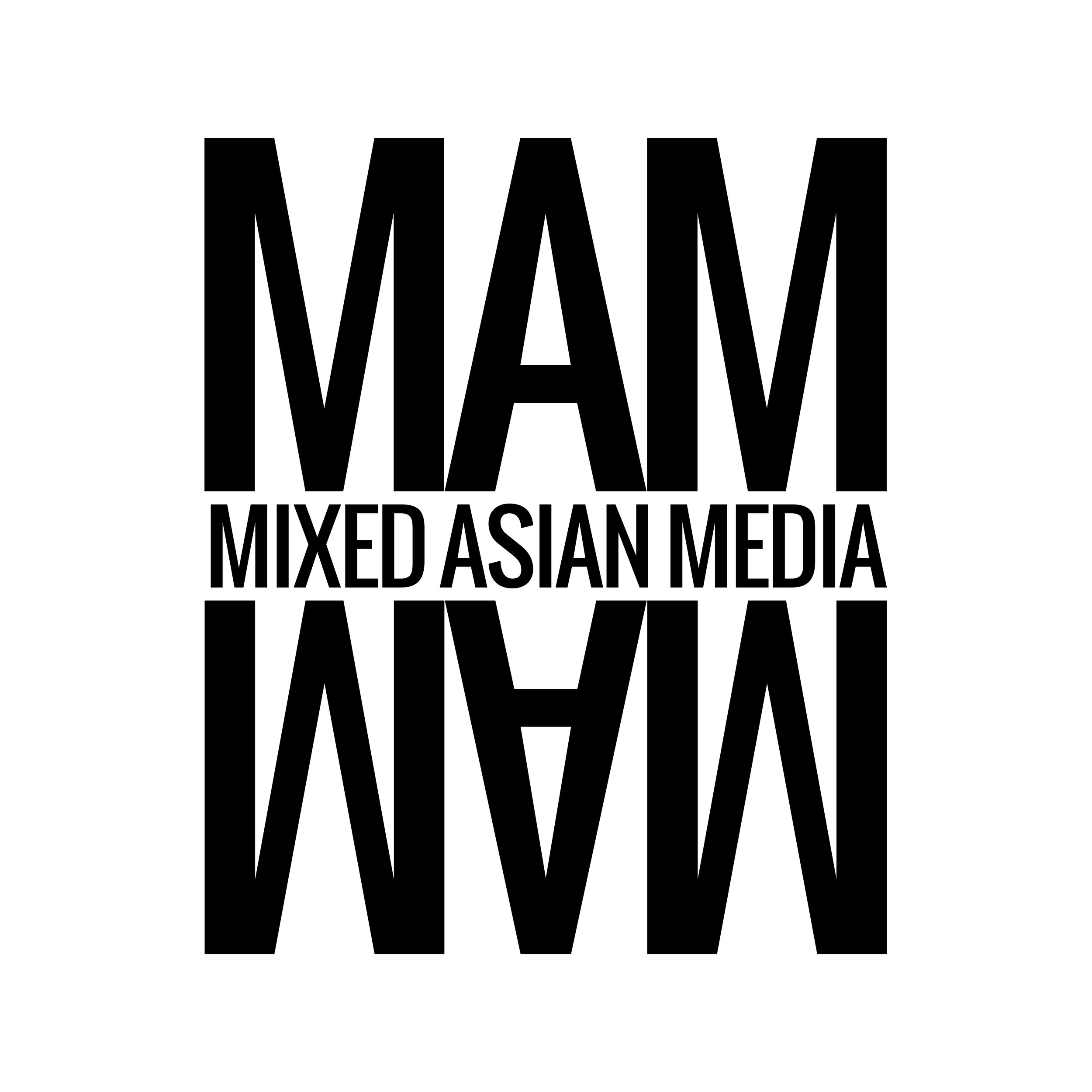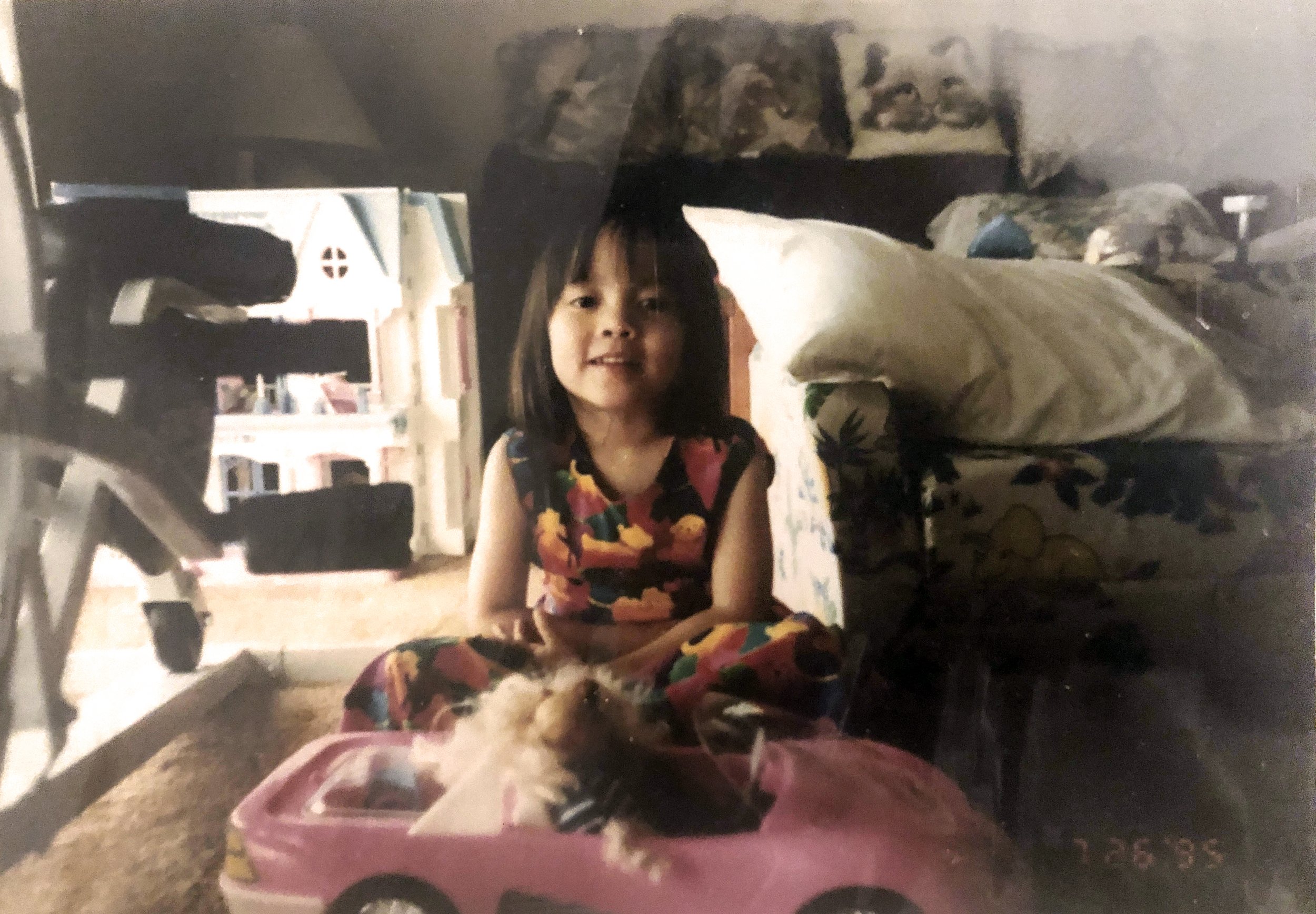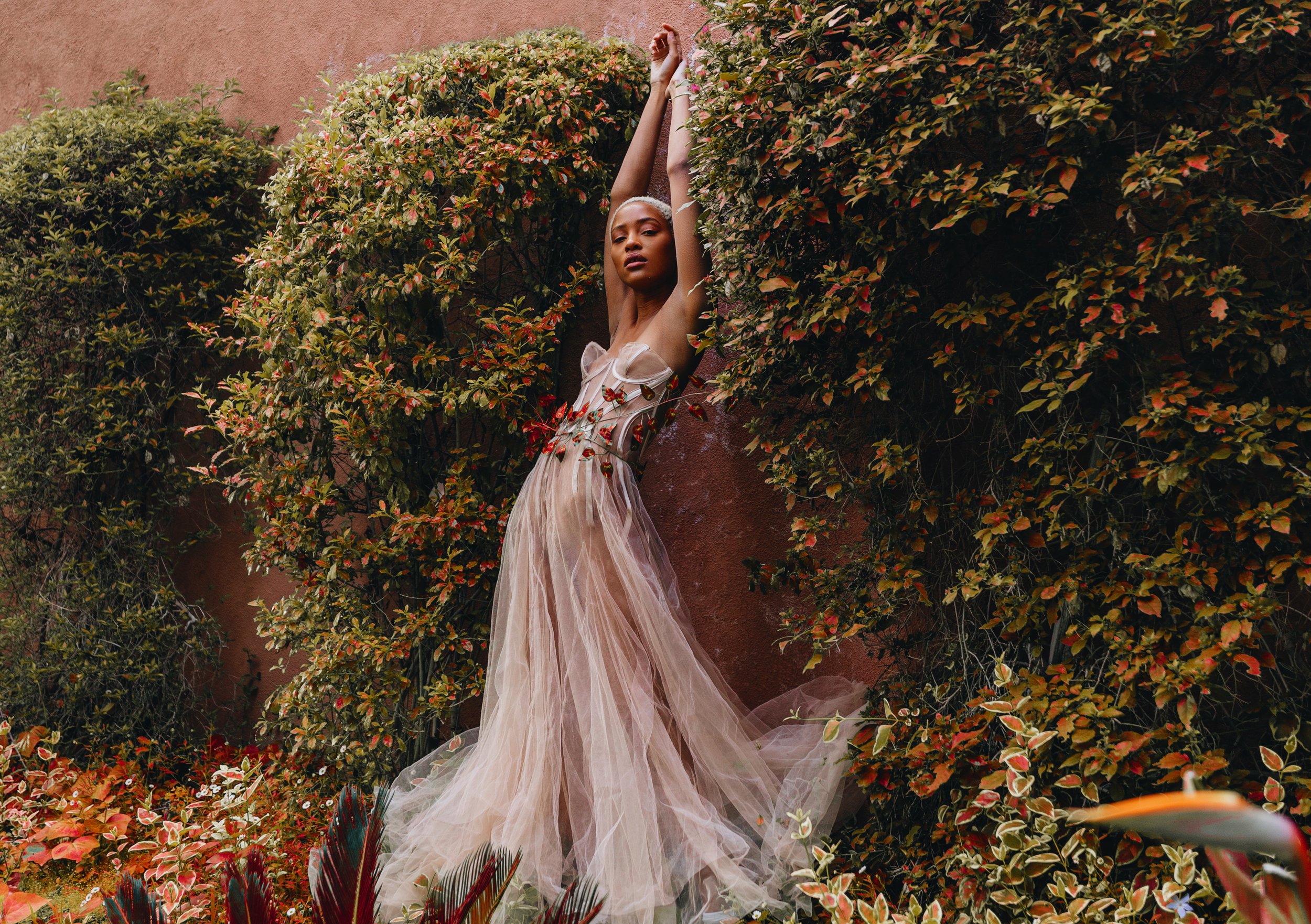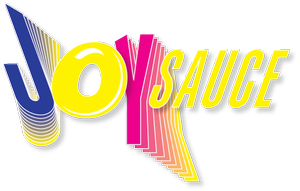Michelle Hébert’s Fashion Without Boundaries
Mixed Asian Media - February 3, 2023
By Bri Ng Schwartz
Powered by JoySauce
Michelle Hébert in her own design at the beach
Photographer: Micah McElroy; Creative Direction & Model: Michelle Hébert
I’ve always been in love with fashion and luxury designers. I’ve dreamed of wearing Vera Wang dresses to special occasions and carrying a Fendi bag down the streets of New York City. Coming from a middle class family and working in the nonprofit world, these brands are quite out of my reach.
Accessibility is not a word I'd use to describe luxury fashion. That is until I met Michelle Hébert, a California-based designer specializing in custom work, bridal designs and more. I would describe her work as tranquil, a breath of fresh air. Hébert herself is quite a breath of fresh air herself, with a transparency about her start and commitment to access that we don’t often hear from those in her line of work. She identifies as Asian, African, and Euro American — and her background is something she credits her imaginative thinking to.
Interview
How did fashion find you?
When I was 10 years old, I drew these cartoons that were a knockoff of The Powerpuff Girls and Sailor Moon. The one thing that I was excited about was what they were wearing. I don't think I knew of the career of a fashion designer. I didn’t know that was a thing that existed.
Growing up I always loved to draw portraits. I think that in a way there was some connection to my interest in humanity — what people lived in, what represented somebody, how they portrayed who they were. I think clothing does a lot of that for us.
A young Michelle Hébert
Can you tell me about your first design?
For home ec, we had to make these aprons. I was really into rock music then, so I cut out an entire felt guitar on my apron. I look at it now, and I'm still proud of it.
Who would you say that your favorite band or artist is?
I loved The Strokes. Room on Fire was my favorite album. I played that album constantly. David Bowie is also an idol.
Photographer: Natasha Wilson
Model: Rielle Li
Talk about a fashion icon too.
To me he's the definition of an artist because he wasn’t afraid of any medium. I'm not someone who has a lot of idols that I worship. I think, actually, this kind of plays into being mixed and not knowing who you identify with — but there weren't a lot of people that I really saw myself in, and I feel like David Bowie was probably one of the few people, based on his way of living and appreciating art. That's what called me. Growing up, the identity that mattered the most to me (because it was so hard to find other identities that related to other people) was the identity of an artist.
Photographer: Natasha Wilson
Model: Deja Monet
That actually kind of goes into my next question for you, which is, how would you say your mixed identity or family as a whole informs your work?
My mom is Filipino Chinese and my dad is half Black, half white. My dad's American, my mom is an immigrant. They have two different religions they practice. Growing up, it wasn't abnormal to me to be around people who were vastly different from one another. In my work when I'm creating my pieces, I try my best to see it as boundless. There are no boundaries in how I understand people.
People have created these societal rules, right? Ways that we're supposed to see and identify people, and I feel like when people identify me, they really don't see the full picture. I've always kind of felt like I live outside societal rules. And so with my art, I think it felt more natural not to give any credence to design rules and art rules.
It's funny because the more experimental I was, the more people were drawn in and curious about my work. That sort of desire to not care as much about specific boundaries helped me a lot.
Michelle Hébert self-portrait in one of her own designs
Getting to talk to different people, having different backgrounds, and experimenting can set you free from “rules.”
There isn't some special kind of creativity that's exclusive to someone who comes from a multicultural or multiethnic background. I think that having to toe the line between many different cultures or ideas does help. It lends itself to more expansive thinking. But I think anybody can do that. Sometimes just having two different religions in the same household or having two parents with very different ways of thinking.
When differences collide, and people embrace them, something really special can emerge from that.
A huge part of your work is custom design, so what does your process of collaboration with a client look like?
With music videos, performers, or artists in the industry, the collaboration might happen directly with the artist or a stylist might communicate with me, and it's definitely a merging of ideas.
A really good example of this would be this piece that I was working with stylist Katie Qian. It was for Sabrina Claudio. She sent me ideas, “I think she likes something in this fabric,” and “Here's some silhouettes that she really likes.” They were revealing in a very sensual way. So I go to my sketchbook, find selects that are similar, and draw some new ones. The key thing is trying not to copy anything, but to take the ideas and the concept and work with them. They also mentioned they wanted butterflies on it, so, finding a way to add that. It was definitely something that came together through two perspectives merged into one. Then, you know, it's a back and forth, where I make the piece, I see if it's okay with Katie or the stylist or whoever I'm talking to, then we have a fitting, approve it, and it's done.
Photographer: Rob Woodcox
Models Left to Right: Briana Shaneè & Rainy Milo
You've worked with a ton of artists like Alicia Keys, Quinta Brunson, Conan Gray. You mentioned not really having idols necessarily, but is there anyone who has impacted your life that you dream of designing for one day?
FKA Twigs. Oh my god. She's been very innovative in her album art and performances. I think designing for her would be an absolute dream.
I’m really drawn in not only by your stunning work, but also the presence that education and access has in your platform. You have book recommendations and where you can buy things on Joanne's website and tutorials. Can you tell me more about that part of your platform and what drives it?
Very similar to the way art felt natural to me, sharing art and sharing ways that other people could participate in art was important to me. There’s a joy that I find in trying to break down what may seem like a complex topic and remembering what it felt like when I was a novice, right? I enjoy that process of thinking and relating and then trying to help someone else get to where I am now.
I'm from a working class background, which is why I think accessibility is important to me. I went to a community college, and when I was in college, I realized how difficult it was to actually access the knowledge I was learning in school. There was nothing online. I wanted to understand more about pattern making, and it just wasn't available. I don't think education should be so difficult to access that people have to take out massive loans and go into extreme debt. I wish it was just more accessible or much more affordable or free. We are a global community that should be sharing with one another.
Photographer: Natasha Wilson
Model: Alexis Carey
What advice do you have for younger designers or people just starting out who want to dive into this world?
My best advice would be to be prepared for heartbreak, and make sure you continue. Don't put all your eggs in one basket. I know that doesn't sound glamorous, but pursue what you love. I had to have other jobs while I was in school. I had to have other jobs when I first started selling my pieces, and that's not a bad thing. I think that sometimes there's a stigma that's created by people who have a lot more privilege that if you're not going all in, you don't mean it, or it doesn't matter to you. People try to create this vision of what success looks like, but success is different for everybody. You gotta take care of yourself. You gotta make sure that you have stability in order to pursue your dreams. If you're coming from a background like me, do not feel bad if you have side jobs. It's advice I wish I had gotten because I felt very insecure about how I was doing at that age. But I was comparing myself to people who had huge inheritances, you know? I wish someone had been more gentle and kind and told me that it's okay if your career doesn't look perfect right now.
Photographer: Hon Hoang
Model: Angel Lin
End of Interview
Bri (she/her/hers) is an artist and administrator based in Brooklyn, NY. She is committed to the dismantling of gatekeeping in arts & culture and uses her experience in community engagement and education to develop meaningful partnerships. Her current roles include Education & Community Outreach Manager at Primary Stages and is a teaching artist at Girl Be Heard. Having received a double major in Dramaturgy/Dramatic Criticism and Women's & Gender Studies from DePaul University, her early credits come from her time in Chicago, notably at Free Street Theater in various titles. Since relocating to New York, she has served in various administrative capacities. She has also written for publications such as HowlRound and American Theater Magazine. www.bringschwartz.com
JoySauce is a multimedia network dedicated to celebrating the full spectrum of Asian American and Pacific Islander narratives. The site boasts a vibrant library of content around entertainment, lifestyle, food, travel, culture, relationships, art, and education in the form of exciting new streaming shows, movies, standup comedy, provocative podcasts, and a suite of editorial updated daily.










